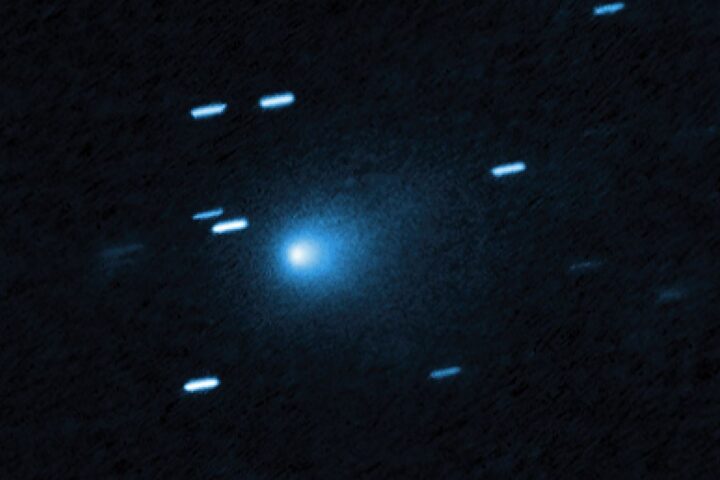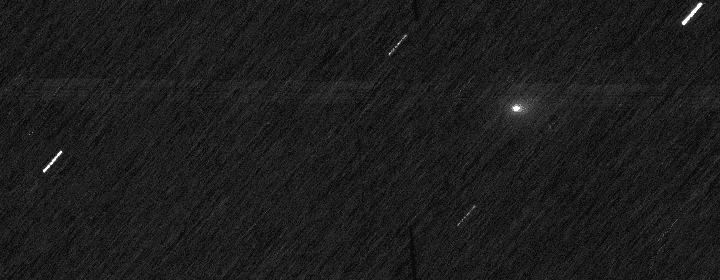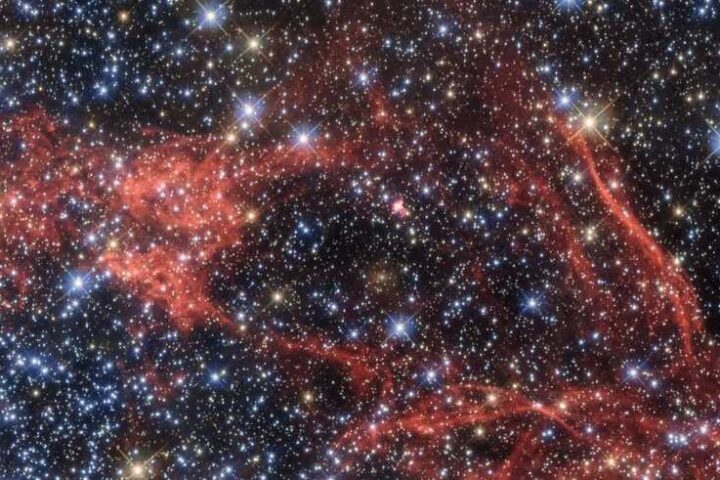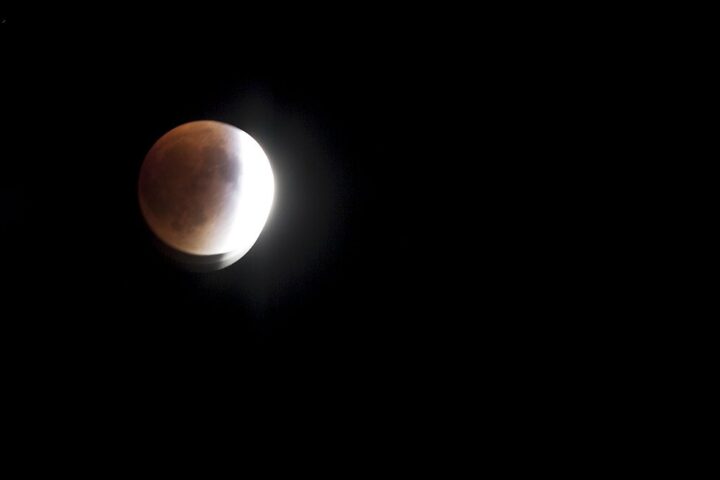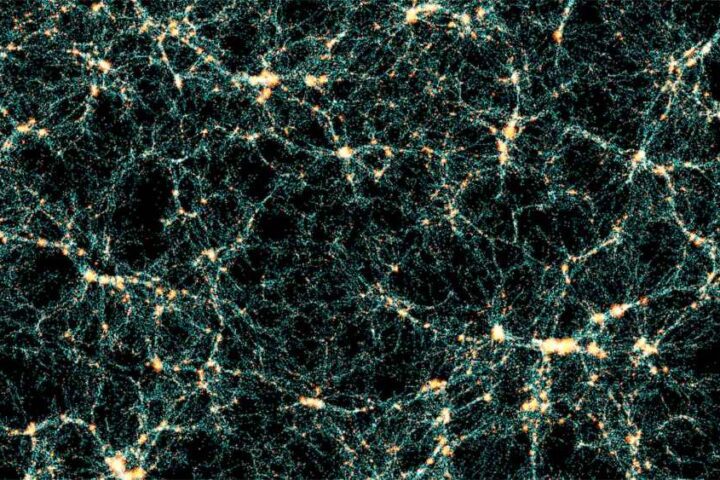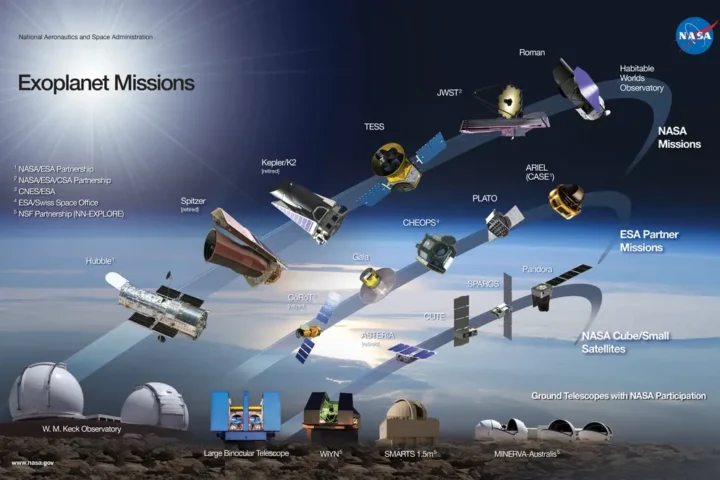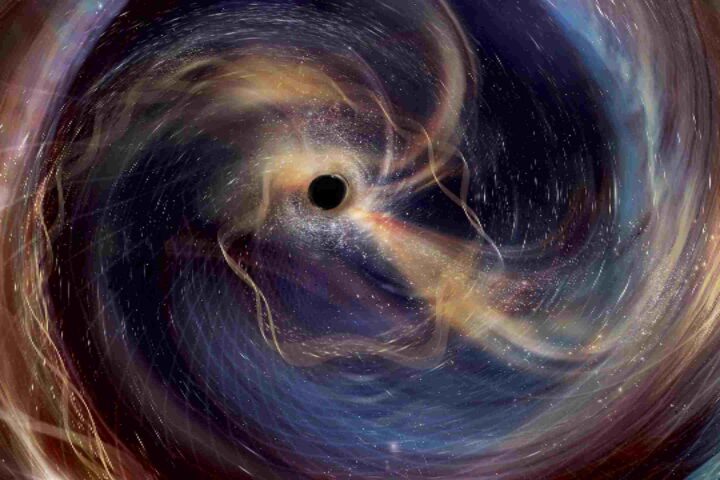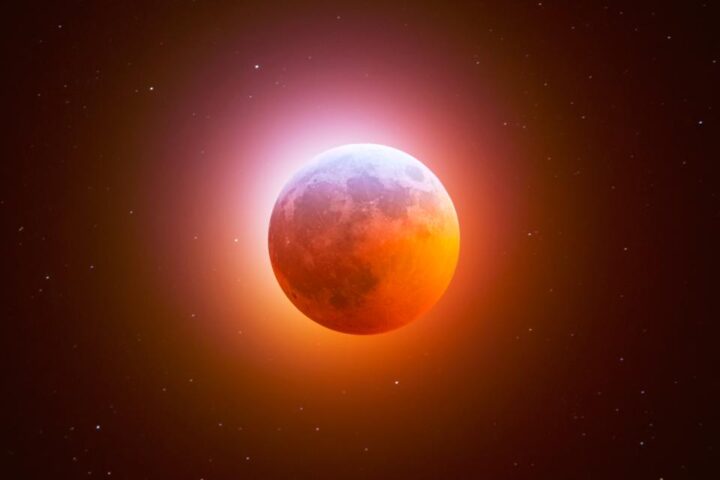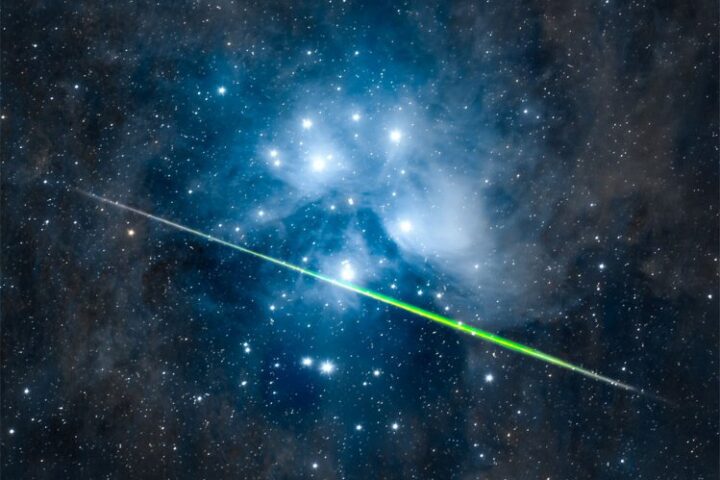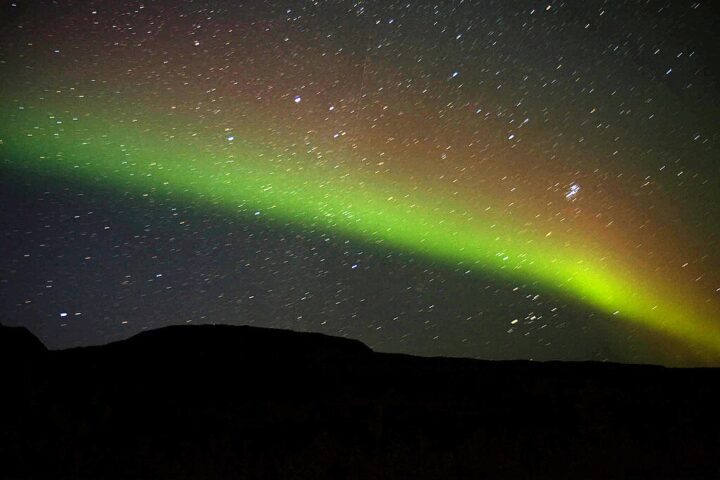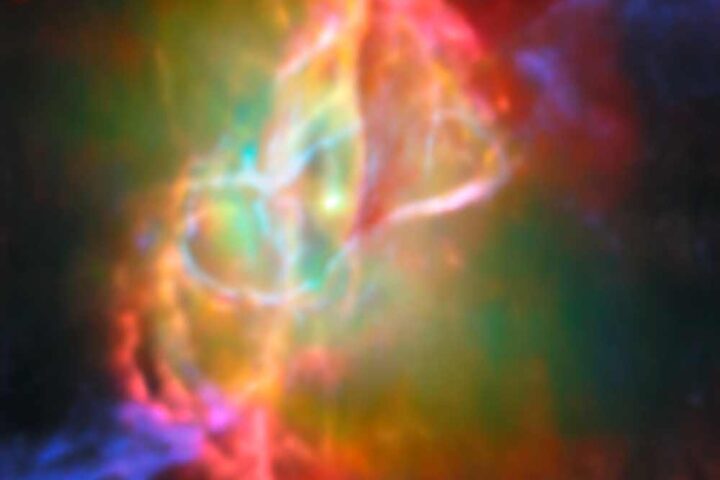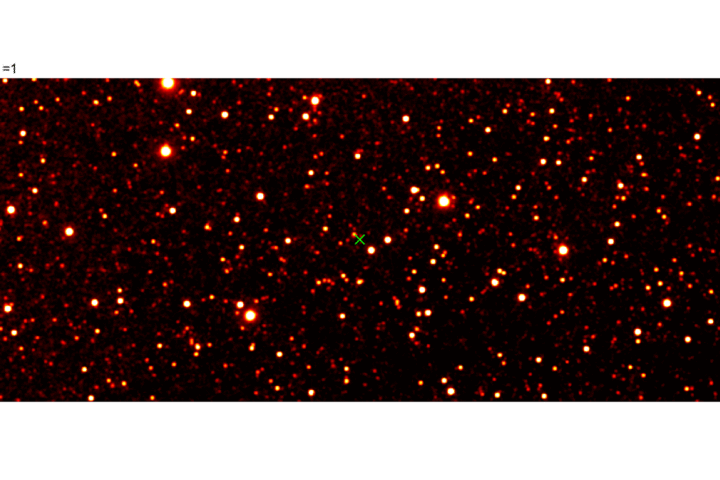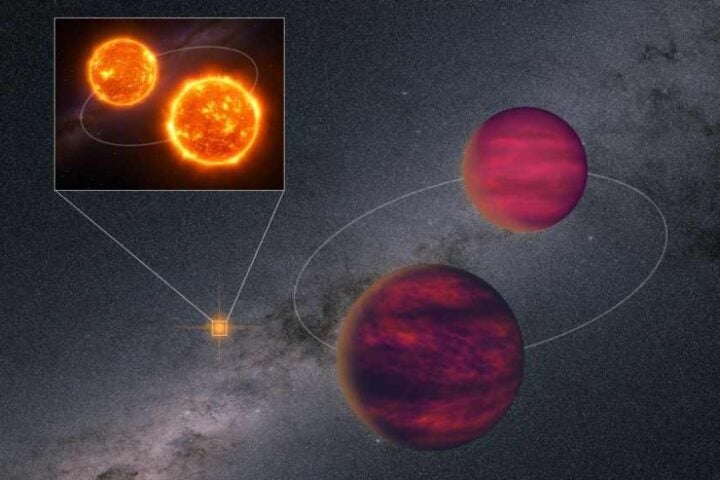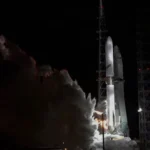A spectacular fireball lit up the daytime sky across several southeastern states on Thursday afternoon, turning out to be a massive meteor that may have sent chunks crashing into a Georgia home. NASA confirmed the space rock packed the explosive power of 20 tons of TNT as it broke apart high above the Earth.
The cosmic visitor made its dramatic entrance at 12:25 p.m. on June 26, first appearing 48 miles above Oxford, Georgia. Racing through the atmosphere at 30,000 miles per hour, this three-foot-wide space rock weighed more than a ton before it started breaking apart.
The meteor, technically called a bolide because of its exceptional brightness, began disintegrating 27 miles above West Forest, Georgia. When it exploded, it created a powerful shock wave that traveled down to the ground, causing loud booms and making buildings shake across multiple states.
People from Georgia to South Carolina, Tennessee, North Carolina, Alabama, and Florida witnessed the rare daytime fireball. More than 130 reports flooded into the American Meteor Society from startled observers who saw the bright white streak followed by rumbling sounds that felt like earthquakes.
“It was crazy. I keep replaying it in my head,” said Michelle Hartley from Calhoun, Georgia. “I just happened to look up and I seen it coming down out of the sky like it was white, and the ball of it was like on fire.”
Similar Posts
The most dramatic incident happened in McDonough, just south of Atlanta, where emergency officials are investigating whether a meteorite fragment crashed through someone’s roof. Henry County Emergency Management confirmed a resident reported a rock smashing through their ceiling and cracking the laminate floor before coming to rest inside the home.
“Although I can’t confirm this is from a meteor, there is unusual damage to the home,” the emergency management director said. “A piece of debris entered through the shingles and made it through the ceiling and hit the floor.”
The event was so intense it triggered lightning detection satellites normally used for weather monitoring. NOAA’s Geostationary Lightning Mappers aboard weather satellites picked up the meteor’s blazing trail, while Doppler radar systems detected falling debris scattered across the landscape.
Astrophysicist Alissa Bans from Emory University explained that this type of event, called a bolide, happens when an exceptionally bright meteor explodes while entering Earth’s atmosphere. “This likely had its origin as an asteroid or part of an asteroid,” she said. “That is pretty unusual… there are usually just a handful a year that reach that fireball class.”
Despite the dramatic shaking and booming sounds, the U.S. Geological Survey confirmed no actual earthquake occurred. The tremors people felt came from the sonic boom created when the meteor broke apart high above.
Daylight fireballs like this one are extremely rare. Robert Lunsford from the American Meteor Society noted they occur in only about one out of every 700 fireball events. “On a personal level, it’s a once-in-a-lifetime thing,” he said.
Bill Cooke from NASA’s Meteoroid Environment Office said the meteor likely fragmented into dozens, possibly hundreds of pieces, with some potentially reaching the ground. Officials in Anderson County, South Carolina, are also searching for possible crash sites in Spartanburg, Greenville, and Anderson counties.
Doorbell cameras and dashcams captured the spectacular show, with footage showing a bright streak visible even in broad daylight. The National Weather Service in Charleston confirmed their satellite systems detected the streak over the North Carolina-Virginia border.

While space rocks constantly bombard Earth, most burn up completely before reaching the ground. An estimated 40 to 100 tons of space material strikes our planet daily, but nearly all of it consists of tiny particles that pose no threat.
The investigation into the McDonough home damage continues, with officials working to determine if the debris is indeed from the meteor. No injuries were reported from the incident.



